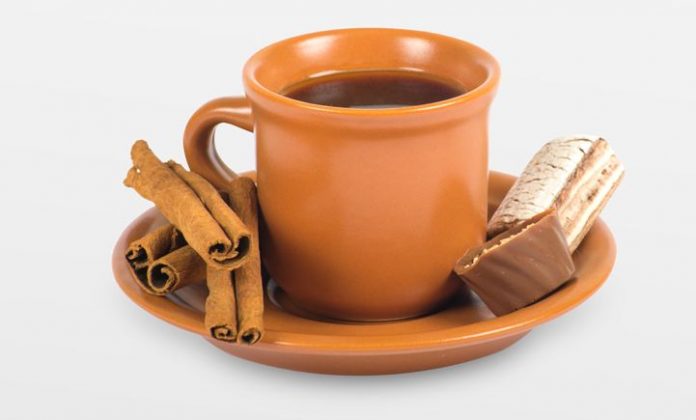You spell Coffee and it reminds you of the delicious combination of aroma, color and a unique bitter-sweet flavor.
No wonder, coffee is by far the second most traded goods in the whole world after petroleum.
No matter how do you drink coffee- hot or cold- in either way, it works as a great stimulant and people in different corners of the world have never ceased to experiment with the style and way of drinking this beverage.
Then, you will also get baffled by the wide variety in their quality and flavor. This mind boggling variety is the result of differences in climatic conditions and soil quality.
Though the favorable condition for producing coffee can be found across the globe in the regions along the Equatorial zone, the minute variations in the sunshine, rainfall or character of the soil make for a considerable difference in the quality and flavor of coffee beans.
And as such, you never get the same quality coffee from two separate plantations. The major coffee producing belt of the world lies along the tropical and sub tropical lines and comprises more than fifty countries.
The natural product that was believed to travel from Ethiopia to Europe via Arabian trade routs is being extensively produced in commercial plantations all around the world, yet it is Brazil that instantly crosses our mind as we think of coffee plantations.
This South American country with its vast expanses of coffee farms is the unquestionable leader in the world’s coffee production scenario.
In worlds total coffee output, Brazils share is around 28 percent. Brazilian coffee which is mild and low acidic in its nature, is mainly of two types: Arabica and Robusta.
If myths and legends are to be believed, this wonder drink was discovered by a Yemenite Sufi mystic traveler called Shaikh ash-Shadhili to whom goes the credit of finding out the stimulant quality of coffee beans.
In Ethiopia, wild coffee trees born in the Equatorial forests of Sidamo, Harer or Kaffa are the chief sources of harvested coffee. An Ethiopian coffee offers you a bold taste and a full body.
An Equatorial climate combined with extremely rugged terrain creates the perfect natural environment for the production of coffee in Columbia.
In this Latin American country, you will find thousands of small family farms that grow good quality coffee and in fact in the world coffee map, Columbias position is the close second.
The Columbian coffee is generally mild supported by a well balanced acidity. The Colombian Supremo is the highest grade Columbian coffee that has a peculiar aromatic sweetness.
If you want a softer version, you can try the Excelso Grade which is a bit more acidic.
You might have heard of kona coffee. It is actually the produce of the coffee farms to be found in the large island of Hawaii.
Here in this island, in the slopes of active Mauna Loa volcano, you can find the ideal climatic and soil conditions for the production of coffee and the net result is rich and aromatic drink with a medium body.
Coming back to Africa, you will come across the famous Peaberry coffee, a produce of Tanzania, in the lap of Mt. Kilimanjaro. This type is famous for its unique single oval shape of the beans. It makes for a cuppa with higher acidity but lighter body.
Now coming to the Europe, in France you will come across the famous cafe au lait, prepared with half-coffee and half-milk.
Come to Austria, you will stumble upon the traditional Viennese blend made of two-thirds coffee and one third milk.
And the list of European coffee never gets completed without the mention of Italian espressos containing minimum caffeine. If you want even weaker brew, go for latte and cappuccino.
Some of the Asian countries are also famous for their fine quality coffee. As for example, the Java of Indonesia, the Vietnamese coffee and the monsoon Malabar variety of India are quite well known among the connoisseurs of coffee.
The article cannot be finished without the mention of Arabian coffee and especially the Yemeni coffee that is famous for its rich and distinctive taste.
You must be familiar with the taste of ‘Mocha’ coffee which has rather become synonymous with Arabian variety of coffee.
So, you have taken the coffee tour around the globe. Now it is the time to explore their tastes. So good luck and cheers.

